Here in Algonquin, the good birding is as follows - May, August-September and the Winter months if there's a finch irruption. For most of the time that I'm here, unless I for one reason or another have a craving to see fledgling Myrtle Warblers, I have to focus on something else.
About a week ago I was at Pub on the Docks in Huntsville one night with a friend. We were having some drinks and enjoying life when my buddy went off to the loo and the waitress (who was quite attractive, mind you) asked me where we're coming from. I replied as follows -
"Russia. And my friend is from Brighton"
This wasn't untrue but the fact that I was really living in Algonquin, 45 minutes away, and had no accent to speak of whatsoever probably made me look like a huge tool. I dug myself even deeper after explaining that I go around looking for birds for a living and she told me that she was going to Halifax in the fall, to which I replied -
"Ahhhh. Out WEST!"
To be fair, if I was indeed coming from Russia, Halifax would be "out west". It was probably my worst showing ever, recalling a Sage-grouse I once saw in Colorado who was displaying about eight metres from where the action was. Nonetheless, I still gave her my business card which, because I'd run out of my own, I had fashioned by finding a card from a colleague in my wallet, scratching out his name, and writing in my own, including my number.
I wasn't surprised when she never did give me a call, but I'd seen her since and she doesn't appear to think I'm a huge creep (but then again, she could be good at acting), but judging by the fact that my geography went out the door after four beers, I could've given her the wrong number (or she called a bird tour operator instead)
So I figured I needed another way to occupy my time (plus Huntsville is 45 minutes away, and gas is expensive)
I dabble in everything, and there are a few things that I am quite keen on besides birds. Many birders choose butterflies as their "go-to" alternate interest. I like butterflies, but looking for butterflies usually involves walking around open areas in sweltering heat, and I don't like doing that unless it involves a beach and some beer. I'm also very selective with the butterflies I choose to pursue. I'll go out of my way to look at big, sexy ones like the swallowtails -
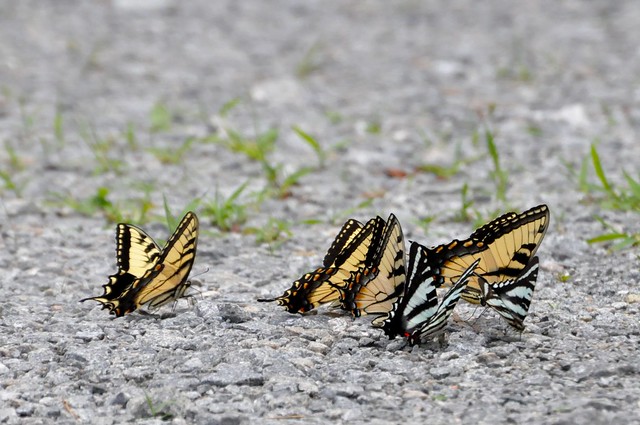
Tigers and Zebras - It's a Swallowtail Safari!
or weird-shaped ones with bright patterns like Heliconians in the tropics -
Zebra Heliconians hangin' out in Mexico
But Skippers all look the same (don't try to tell me otherwise) and as I've already made the effort of going into a hot, open area to look for butterflies, and am probably complaining that I don't have a beer, their identification might not be on my top list of priorities (but inevitably I will do it anyway, because really, I do kinda like them) This is strange, because gulls are somewhat like the avian counterparts of skippers, and they're amongst my favourite birds to study....but they're birds.
My go-to alternate life forms are the odonates, however. Dragonflies and damselflies are cool looking, predatory insects that are challenging to catch, interesting to observe and exhibit a wide variety of cool behaviors. Their varied habitats have taken me all across the province to search for them, and allowed me to see some cool places as a result.
But really, the reason I like them is that chicks dig 'em. Who wouldn't?? Look at this thing -
Female Swamp Darner
You cannot help to be impressed, even if you're not a naturalist, by this bloody cigar-sized killing machine soaring around, casting shadows and eating swallowtails as it patrols the edges of swamp forests in the South. Yeah, you're impressed.
The thing about odes that I'm not a big fan of, is the fact that they, unlike most butterflies, can fly very quickly, and also backwards. This of course means you need to run around swinging a net at moving objects, sometimes for several minutes on end, before you can study them up close. You often have water nearby that you can retreat in later, but it's still not the most pleasant thought. I like enjoying nature during the summer sitting in a lawn chair with a beer in hand. You can do this with dragonflies I suppose, but it's lame.
No, the ideal alternate hobby for me has been one that I have known of for many years but only really got into this Spring, thanks to a new book by David Beadle and Seabrooke Leckie.
Moths.
Moths are amongst our most beautiful insects, but unfortunately are nocturnal and thus are a bit difficult for us to study. Nocturnal birds are hard enough as it is, and a trek for those usually involves tripping, falling, bloodshed, lights, paramedics, calls retreating back into the darkness, venomous snakes, quicksand etc...
Studying Moths 101
1. Obtain a fluorescent ultraviolet-emitting light. Those blacklights that are sold in party stores work, and there's usually a beer store nearby.
2. Obtain a white sheet. It could be a bedsheet or an old tablecloth.
3. Place the two so that the light is positioned to shine onto the sheet, creating something that resembles a glowing altar used for sacrificing humans. You can use an outdoor extension cord or one of those small generators that you find in hardware stores to help you achieve this task.
4. Advise your neighbours that you are not creating a glowing altar to be used for sacrificing humans. You don't want to be looking at a Comstock's Sallow at your light and suddenly have the cops show up, because their own lights may take away moths from yours, defeating the purpose.
5. Wait until darkness falls, turn on the light, sit back and watch the moths appear. Sip your beer and talk to others about how rigorous and demanding fieldwork is. If you're especially lazy, you can go to sleep and see what has appeared in the morning.
It really is quite easy to study these amazing insects, and I'm sure you will be surprised with what you find. We tend to think of moths as relatively drab compared to their cousins, but this is certainly not true for many species.
Top to bottom: Comstock's Sallow, Rosy Maple Moth, Luna, Promethea
This set of beauties was procured from just one night, right here in Algonquin Park in June. Not only are moths equally as beautiful as butterflies, they are also much more diverse, compromising the vast majority of the order Lepidoptera.
The point I'm trying to make is that insects, whether damselflies, dragonflies, butterflies, moths, or burying beetles (watch out for the next post on these awesome beasties) make great subjects for study. Birds are awesome, and everyone knows that, but all the other animals out there - ones who don't sing, aren't warm-blooded, don't have hundreds of blogs dedicated to them or books by uptight authors about how to "properly" observe them, need love too. I love birds, but don't be surprised when you see me running around in a river with a net after clubtails, or sitting in a Muskoka chair beside my beloved moth light every now and then.
Just make sure to see if I'm awake before saying hi.

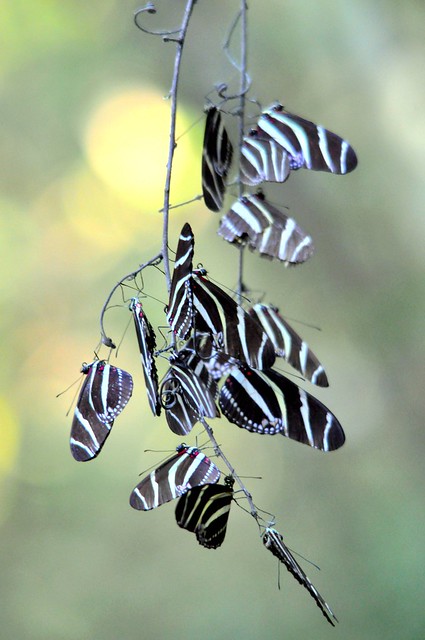
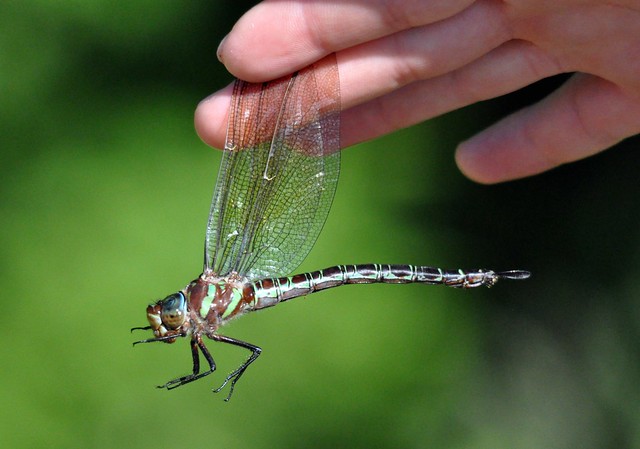
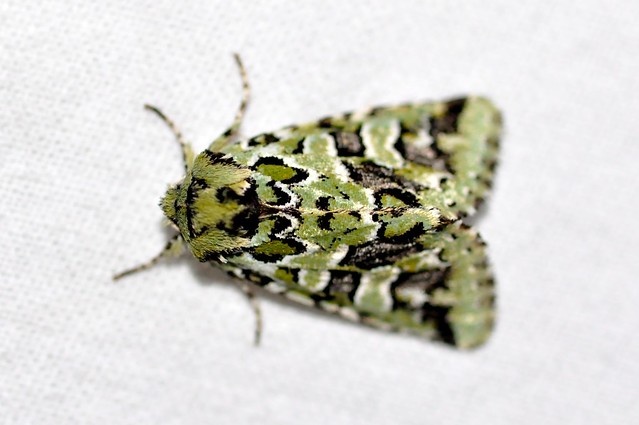
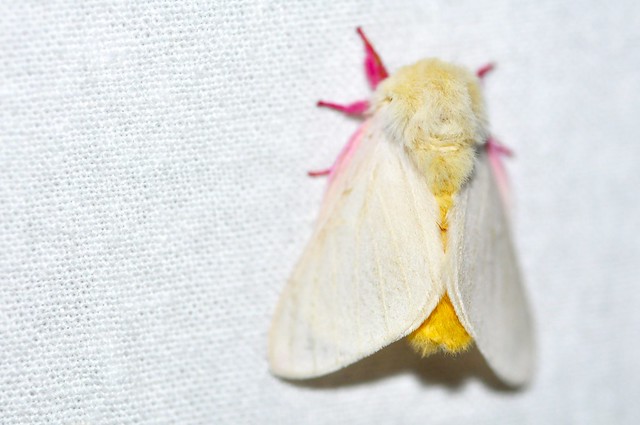
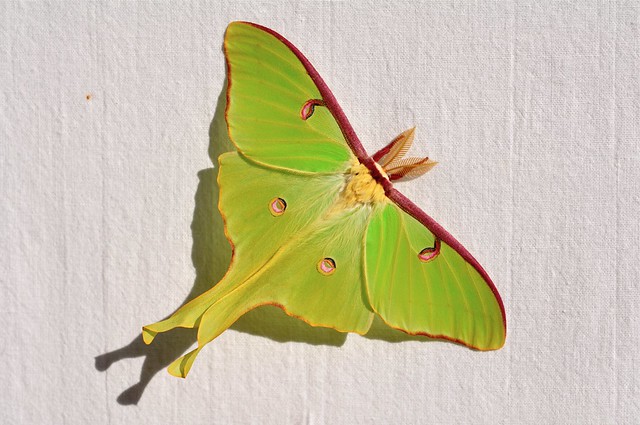

I've been known to chase butterflies around the yard, sometimes wine induced. Rob's usually trailing behind with his new macro lens.
ReplyDelete